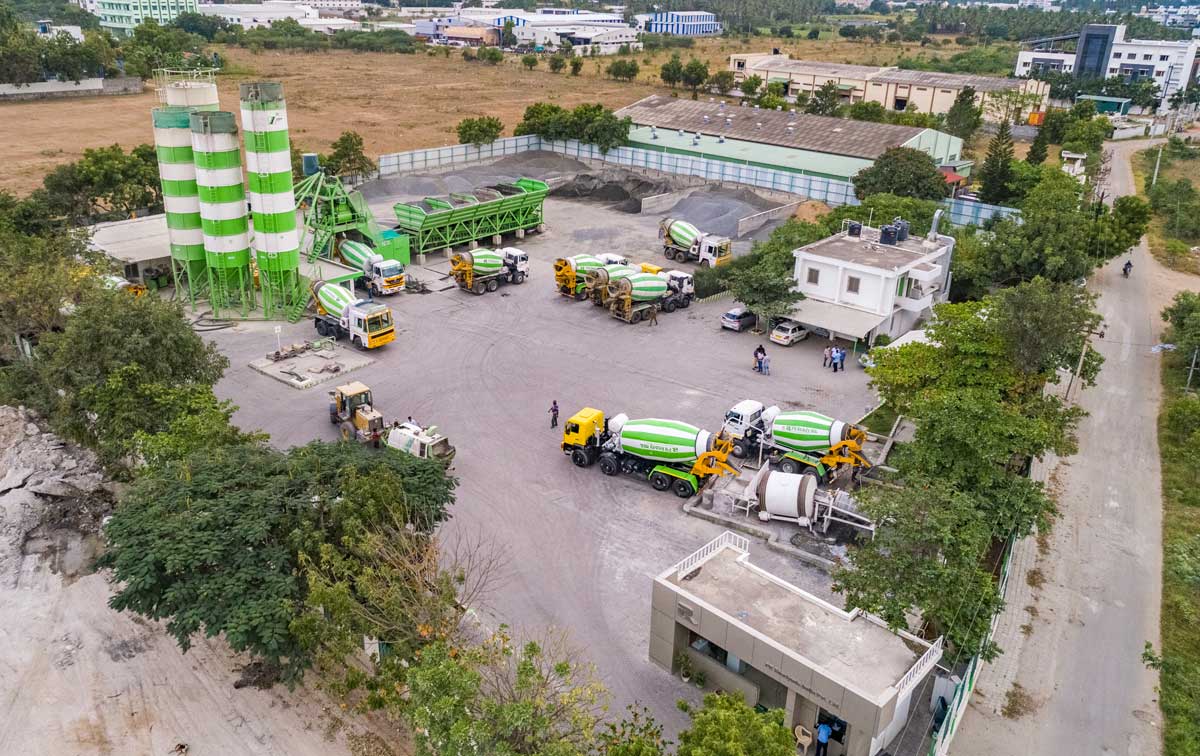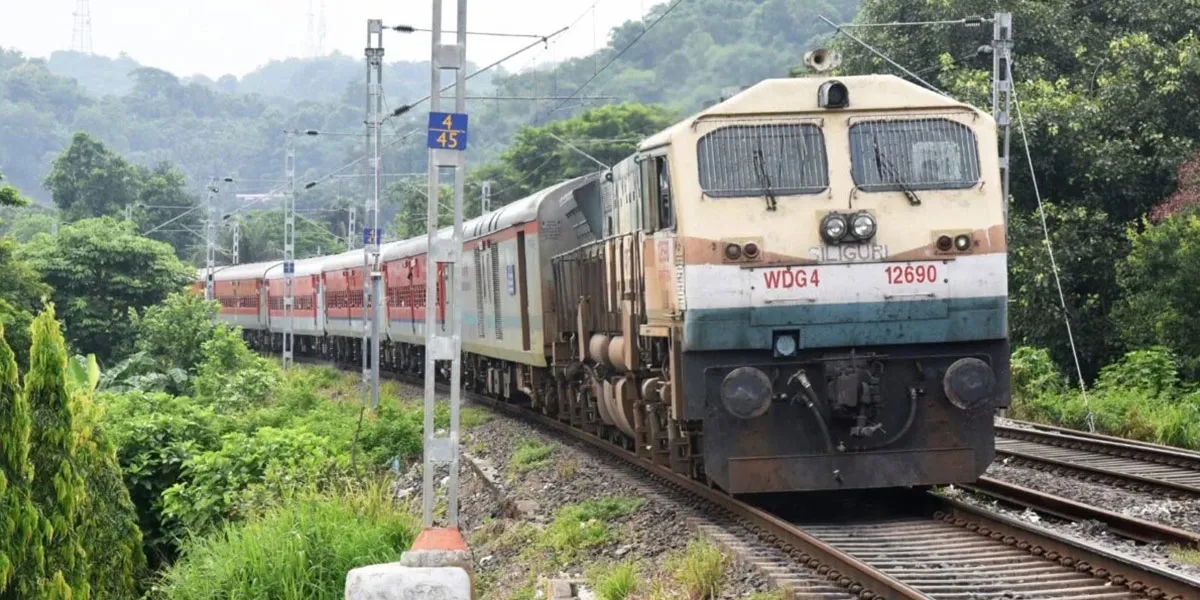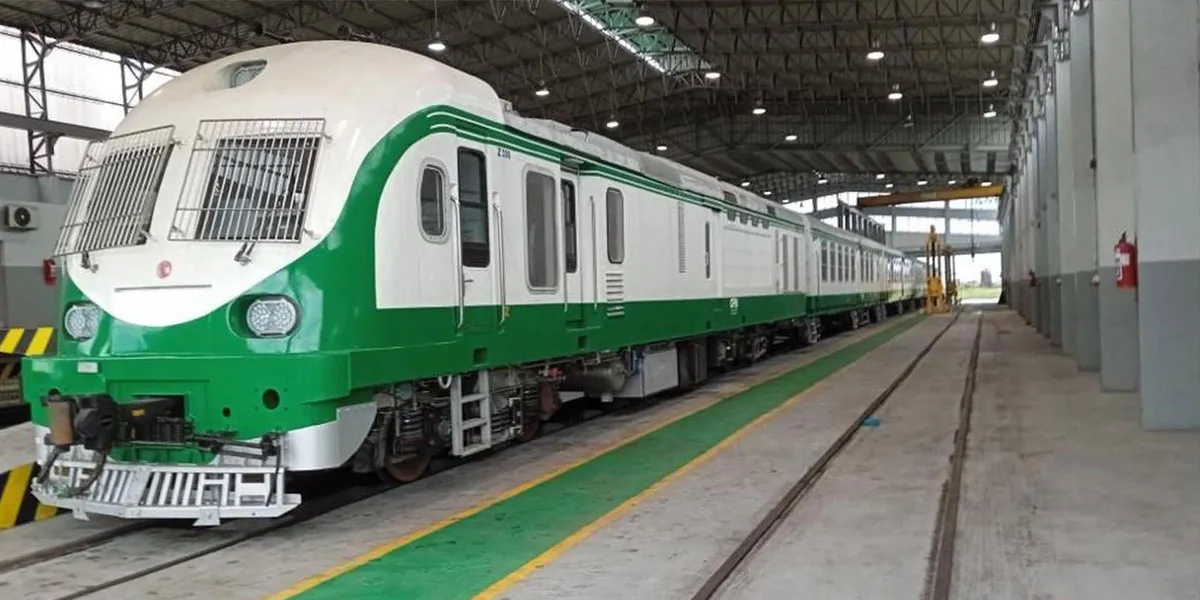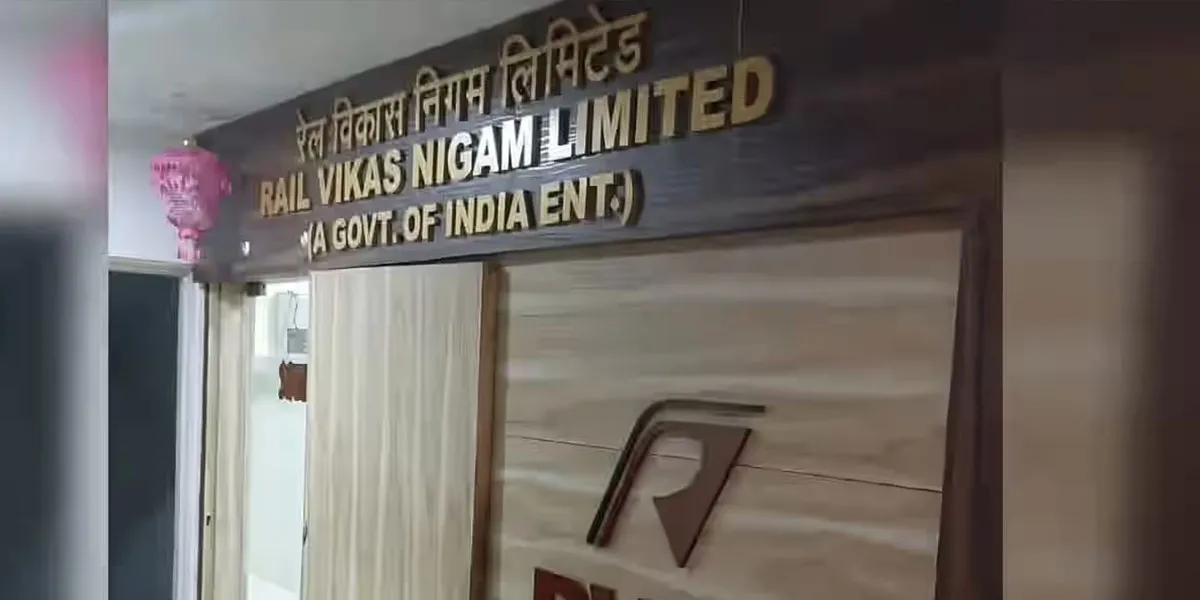Let’s start with the basics. Buy right, whether it is a batching plant or a concrete pump. To this end:
1. Match the site with the equipment
“An effective layout plan can directly improve the efficiency of the whole process of concrete production,” says Suhas Dhuri, Concrete Consultant, e-cube Concrete Consultants. “The layout of the batching plant facilities may influence production time.” Thus, Dhuri advises spending some effort in layout optimisation. Speaking of which, factor in the site conditions.
“A different site condition will require a different concrete machine,” says Ananth Kumaar KR, CEO, Ultra Readymix Concrete. “For instance, congested cities like Mumbai or Bengaluru need more compact batching plants to deliver a high return on the investment, say, a plant that might be fitted in 10,000 sq ft to complete a project that may be 10x that size.”
If you’re uncertain of what might work best on your site, Kumaar suggests asking a reputed vendor. “A seasoned provider such as Schwing Stetter can guide the ready-mix company on the ideal plant dimensions because the company has a variety of plants to suit different conditions,” he says.
2. Ask for pro-productivity features
Some questioning will help you determine the best option for your operations.
To reduce breakdown hours and increase the operational efficiency, G Boopathi, Director, Uniqcore Constructions India, recommends using concrete equipment fitted with IoT (Internet of Things) technology to monitor the location of the equipment, engine running hours and operation systems, fuel consumption, etc, from any location, no matter where the machine is, and to promptly anticipate and address issues.
For instance, in boom placers, IoT technology can help monitor hydraulic pressure and hydraulic oil temperature in various arm folds, he continues. “In batching plants, plant operations and batch sheets can be monitored and controlled.”
When buying new equipment, Boopathi also suggests checking if the batching plant has a provision for external vibrators to allow the free flow of aggregates during the wet season. “Also, while using concrete pump, a pipeline of heavier thickness (upto 8mm) can withstand wear and tear for a longer time. And the use of a high-frequency converter for compaction of concrete can allow effective vibration without segregation in concrete. Options exist to vary amplitudes to suit the required conditions.”
Kumaar suggests checking if your proposed plant deliversas committed at the highest quality setting. “Some concrete plants can deliver highly homogenous, workable mixes but deliver less than their stated maximum capacity when they are operated at that highest quality setting,” he explains. “This especially holds true for planetary mixers used for precast mixes. Whereas, a more productive plant will deliver the committed output even at the highest quality setting.”
Coming to other equipment, such as a concrete pump, “a concrete pump deployed for the construction of a high-rise building must be capable of pumping to the height to which concrete is needed,” points out Ani Ray, Managing Director, Arabian Construction Company India.
Ray recommends asking existing users of the concrete pump who have deployed the product on projects of a similar or higher height for their experience, instead of relying on the features listed in the catalogue. “It is important to know the pump’s actual pumping capacity and operational availability; that is, how many days the pump will be operational with normal maintenance.”
Evaluate if your site needs a boom pump. “A boom pump is used for areas that even a ground pump can’t reach easily,” points out Dhuri. “These pumps may be remotely controlled and monitored very effectively for an optimised output.”
As a rule of thumb, Kumaar advises looking out for machines with fewer running parts. “A productive plant will need fewer running parts to cut down on the spares needed,” he observes. “Schwing Stetter’s batching plant and transit mixers have fewer running parts than those of competitors.”
3. Maintain well
Kumaar’s advice to look for a machine with fewer running parts aims to cutdown on your maintenance spend. In general, maintenance is critical to high productivity.
“Periodical and scheduled maintenance is vital for concrete pumps,batching plants and transit mixers to work as productively aspossible,” says Jayaraman Sivakumar, Director, PR Readymix India.
Needless to say, the vendor should have a pan-India maintenance network. Also, it helps to follow the vendor’s instructions to a tee.
“We were given some maintenance instructions at the time we bought pumps, batching plants and transit mixers from Schwing Stetter over two decades ago,” says Sivakumar. “We have stuck to those instructions to ensure the maximum possible uptime of our concrete equipment. About six years ago, Schwing Stetter updated the software of the batching plant; other than that, the plant is working well. We only use Schwing Stetter equipment.”
4. Employ trained operators
Well-trained operators are essential to maximise productivity, emphasises Sivakumar. “To that end, we haveeven tried to keep the same person on certain equipment so that theyare aware of its past operational and maintenance history.”
Across the industry, there is recognition of the dearth of trained operators. Anil K Banchhor, Managing Director & CEO, RDC Concrete, believes vendors should play a bigger role in solving this issue, as infrastructure workwill continue to be in focus in the next decade.
“We have so many manufacturers of construction equipment but very few arefocused on training operators,” he says. “Most manufacturersfocus on selling equipment. But for equipment to perform optimally andto maximise its uptime and reduce fuel consumption, we needwell-trained operators. Manufacturers should focus on trainingand certifying operators, so that the user’s pain point in getting the right operator is reduced.They would find that many buyers would like to takeboth the machine as well as the operator, and come back with repeat orders, as the machine has performed well because of thetrained operator.Operators should be trained in operations as well as minor maintenance and repairs. Refresher training can also be organised for operators through web meetings if the numbers are few. This approach would allow users to enjoy a muchhigher productivity and availability of machines. At present,users are fully dependent on the manufacturer for any breakdown even if it’s a minor one or the operator is not able to handle small issues.”
What can manufacturers do to boost productivity?
First off, manufacturers can offer different ownership models.
Manufacturers are focused only on the outright sale of equipment, whereas a lot of equipment users would prefer a different usage modelsuch as a dry lease or a wet lease with monthly minimum guarantee, avers Anil K Banchhor, Managing Director & CEO, RDC Concrete. “Everyonein the industry is now trying to operate on an asset-light model;lower investments in fixed costs would ensure a higher return on investment. Such offers by OEMs will find many takers.”
“At present, the scope for refurbished equipment with a warranty for six to 12 months is very high but very few equipment manufacturers are offering this facility,” he adds. “Users would like refurbished equipment instead of second-hand equipment as the cost of such equipment is very high. Manufacturers can explore this option to enhance their business.”
Second, there is scope for manufacturers to design equipment that is better suited to user needs.
“A lot of concrete equipment manufacturers don’t interact with usersto understand their needs according to the site; they just line uptheir current portfolio of equipment and ask the potential customer to choose fromthose options,” points out Banchhor. “This is counterproductive inmany ways. For instance, consider boom pumps. Their standard sizes are36m and 42m. This compels many companies needing a shorter boomto buy a bigger size. Buying a 36-m boom for a 15 to 20-m job is a sheer wasteof engine power. Obviously, productivity will not be optimal, notto mention that such excessively bigger boom pumps with a longer chassis, when used in cities, cancause traffic obstructions. For example, most of the casting of columns for metroprojects does not need a boom longer than 15-20m. Ajax offers a 15-20m crawler-type boom pump that moves not only back and forth but also laterally and diagonally. This is a great example of an equipment being developed inresponse to customer needs.”




















